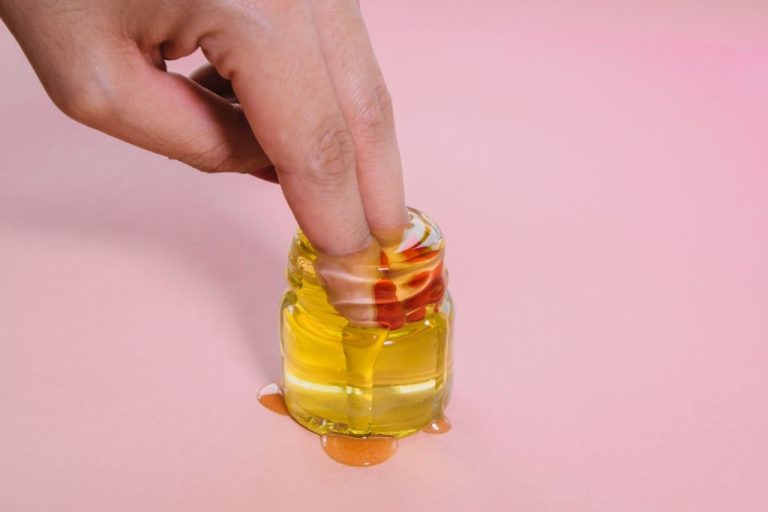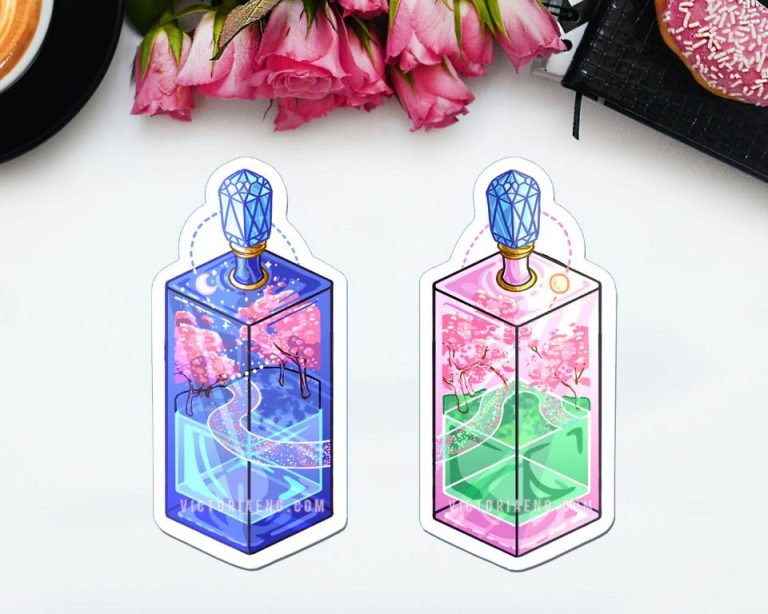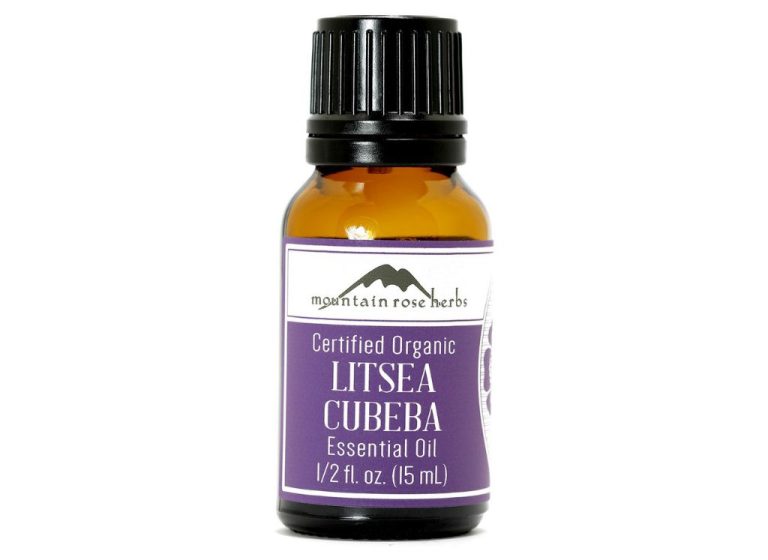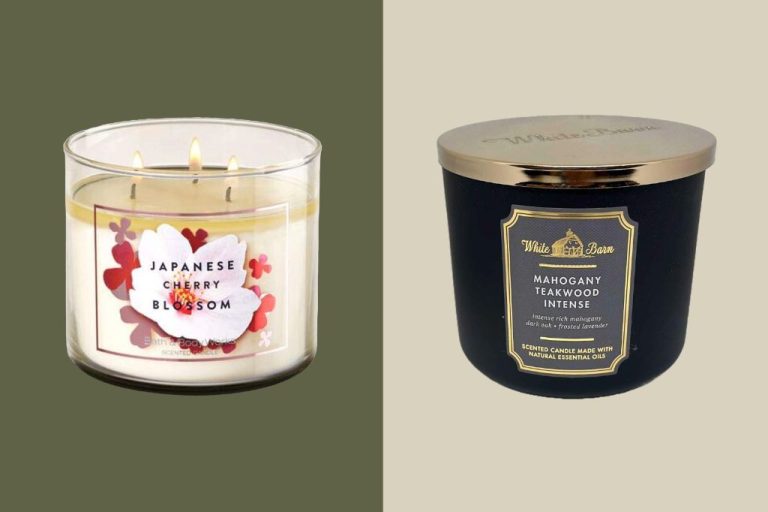What Scent Is Marshmallow?
The sweet, comforting scent of marshmallow is iconic and evokes nostalgia for childhood treats and campfire bonding. Yet despite its familiarity in food and fragrances, the origins and chemical make-up of that fluffy vanilla aroma remain mysterious to most. This article will explore the fascinating history behind marshmallow’s distinctive smell, from its roots as a medicinal plant to its role in modern perfumes and candies.
History of Marshmallows
Marshmallows originated from the sap of the marshmallow plant (Althaea officinalis), a herbaceous perennial native to parts of Europe, North Africa, and Asia that grows in marshes and other damp areas. This plant has been used for medicinal purposes since ancient Egyptian times, around 2000 BC. The sap was extracted from the root of the marshmallow plant and used as a remedy for sore throats and coughs.
It wasn’t until the early 19th century in France that candy makers figured out how to combine the marshmallow sap with sugar and egg whites to create a sweet confection. The sap gives marshmallows their smooth, spongy texture. Candy makers would whip the mixture by hand to incorporate air and create the fluffiness that we expect from marshmallows today (History of the Marshmallow). This was the beginning of modern marshmallows as we know them. In the late 1800s, starch molds were invented to shape marshmallows and give them their iconic form before mass production began in the early 1900s.
Marshmallow Plant
The marshmallow plant (Althaea officinalis) is a species of flowering plant indigenous to Europe, Western Asia and North Africa that is part of the mallow family Malvaceae. It grows in marshes and other damp areas, reaching heights of 2-4 feet tall with soft, velvety leaves and pale pink flowers that bloom from mid summer to early fall.
The marshmallow plant has a long history of medicinal use dating back to ancient Egyptian times. The roots and leaves contain a gummy substance called mucilage that was used to treat sore throats, coughs, digestive issues and skin irritations when made into a poultice or tea. Marshmallow preparations were valued for their soothing, anti-inflammatory effects on membranes and tissues.
According to the University of Maryland Medical Center, marshmallow root and leaf are still used today to treat coughs, skin inflammations, digestive problems and urinary tract infections. The mucilage may coat and soothe mucous membranes, and compounds called flavonoids are thought to have antioxidant, anti-inflammatory effects. However, human studies are lacking to confirm medicinal effectiveness (Source).
Modern Marshmallows
The marshmallow transitioned from an ancient medicinal plant extract to the soft, pillowy candy we know today through developments in the 19th century. According to the History of the Marshmallow, candy makers in France pioneered the modern marshmallow by combining the marshmallow sap with egg whites and sugar, whipping it by hand to incorporate air and create a fluffier texture. This new technique moved marshmallows from a hard, chewy sweet to a softer, lighter confection.
Today’s marshmallows use gelatin rather than marshmallow sap as the gelling agent, but sugar remains a key ingredient. A typical marshmallow is about 99% sugar! Corn syrup or honey is also commonly used. The sugar and corn syrup provide sweetness, structure and texture. Gelatin allows the puffy aerated structure to set, while the whipped egg whites or other foaming agents incorporate air. Additional ingredients like vanilla extract contribute flavor. The specific ingredients and production process creates the distinctive pillow-like texture and sweet flavor that makes marshmallows an iconic candy treat.
Scent Compounds
The distinctive scent of marshmallows comes primarily from a few key aroma compounds. Two of the most important are vanillin and benzaldehyde.1 Vanillin provides the sweet, vanilla-like notes, while benzaldehyde contributes almond and cherry aromas.2
In addition to vanillin and benzaldehyde, compounds like ethyl vanillin, coumarin, and heliotropin are used to create marshmallow scents. Ethyl vanillin has a sweet, creamy scent that enhances the vanilla notes. Coumarin provides a sweet, aromatic odor reminiscent of freshly cut grass. Lastly, heliotropin contributes notes of vanilla, almond, and cherry.3
By blending these compounds in the right proportions, scent manufacturers can produce marshmallow aromas ranging from sweet and creamy to rich and indulgent. The concentrations and combinations of compounds are tailored to match consumer expectations of how marshmallows should smell.
Vanillin
Vanillin is one of the key compounds that gives marshmallows their signature vanilla scent. It is an organic compound found naturally in vanilla beans, but is also produced synthetically for use as a flavoring agent (Source 1). The molecular structure of vanillin allows it to bind to human olfactory receptors that detect smells, stimulating the perception of a sweet, vanilla-like aroma.
In marshmallows, vanillin works together with other aromatic compounds to produce the familiar vanilla fragrance. It is frequently added to the sugar syrup mixture during manufacturing or in recipes for homemade marshmallows. The vanillin provides a strong vanilla note to complement the sweetness of the sugar. Even at low concentrations, vanillin has a powerful scent that gives marshmallows their characteristic vanilla bouquet.
Benzaldehyde
Benzaldehyde is an organic compound that provides much of the characteristic almond-like aroma associated with marshmallows. It occurs naturally in the pits of stone fruits like cherries, plums, and apricots. Benzaldehyde is also produced synthetically for use as a food additive and perfume ingredient.
When it comes to marshmallows, benzaldehyde plays a key role in creating their sweet, vanilla-like scent. The benzaldehyde imparts a cherry nuance coupled with aromatic almond notes. This gives marshmallows their distinctive candy-like fragrance that people associate with camping, s’mores, and other nostalgic treats.
According to a Reddit discussion, benzaldehyde’s presence in some marshmallow-flavored vaping liquids raised toxicity concerns. While safe at low levels found in food, benzaldehyde can potentially irritate airways if inhaled in higher concentrations [1].
Other Factors
In addition to scent compounds like vanillin and benzaldehyde, there are a couple other factors that contribute to the overall scent profile of marshmallows:
Sugar is a key ingredient in marshmallows, making up as much as 50% of a typical homemade marshmallow recipe. The type of sugar used can impact the aroma. Granulated white sugar provides a clean, neutral sweetness, while brown sugar introduces deeper caramel notes from the molasses it contains (Source).
Gelatin is essential for giving marshmallows their characteristic soft, squishy texture. It is produced by boiling animal skins, tendons and bones. High quality gelatin has very little scent of its own. However, lower grades of gelatin can impart a smell described as similar to wet dog or chicken broth (Source). Using the highest gelatin grade available helps marshmallows smell sweet and vanilla-like.
Industry Uses
Marshmallow scent has become increasingly popular in various industries that manufacture fragranced products. The scent provides a sweet, nostalgic aroma that many find comforting and appealing.
One major use of marshmallow fragrance is in cosmetics and personal care. Many body lotions, shower gels, and hand creams are scented with marshmallow. Brands like Philosophy and The Body Shop have marshmallow-scented product lines. The scent blends well with vanilla, coconut, and other sweet notes.
Marshmallow fragrance oil is also widely used in candles and home fragrances. Yankee Candle, Bath & Body Works, and other brands have candles that attempt to replicate the scent of fresh marshmallows. Diffusers and room sprays with marshmallow are also common. These products allow consumers to make their homes smell like a sweet treat.
In addition, marshmallow aroma is sometimes used in flavored products like vapes and e-liquids. While not as common, marshmallow can provide a recognizable candy-like scent profile to these items. Overall, the scent evokes comfort and indulgence across many industries.
Conclusion
The scent of marshmallow is sweet and nostalgic, transporting many back to childhood trips to the carnival or cozy nights by the fire. Though marshmallows as we know them today contain vanillin and benzaldehyde to produce their distinctive aroma, originally the marshmallow plant provided the roots that were used to create the early version of this sweet treat. Modern perfumers have captured the essence of marshmallow, with its notes of vanilla, benzoin, heliotrope, and musk, to create fragrances that envelop wearers in a soft, pillowy cloud of sugar and memories. Though artificially created, there’s an undeniable magic in that marshmallow scent that speaks to the child in us all.






